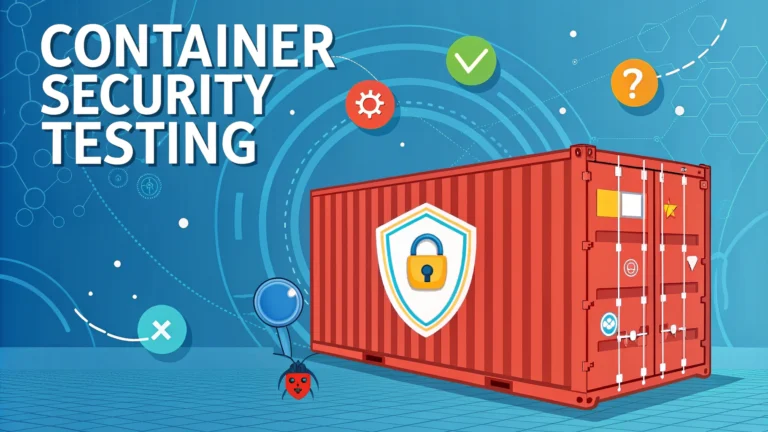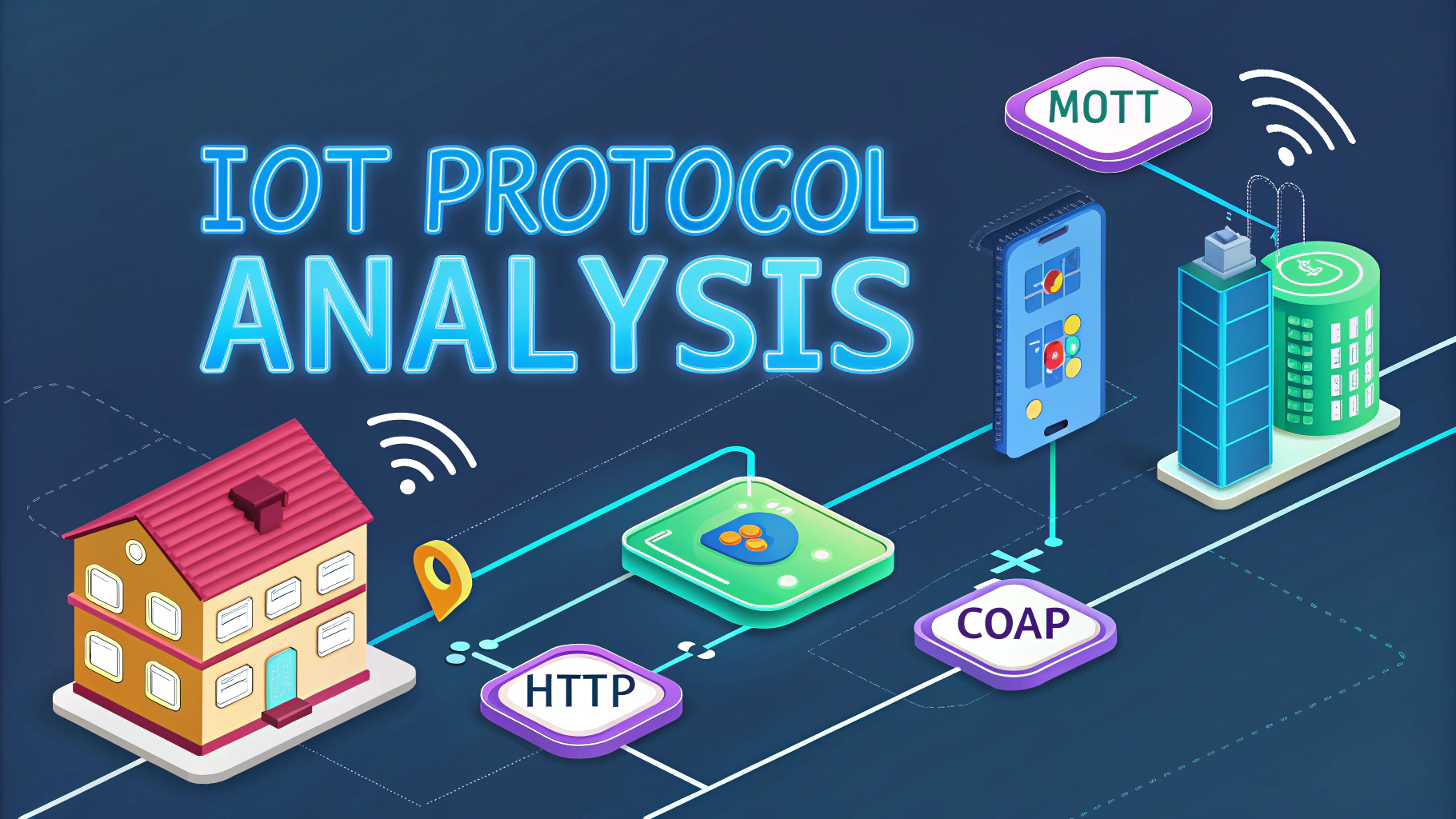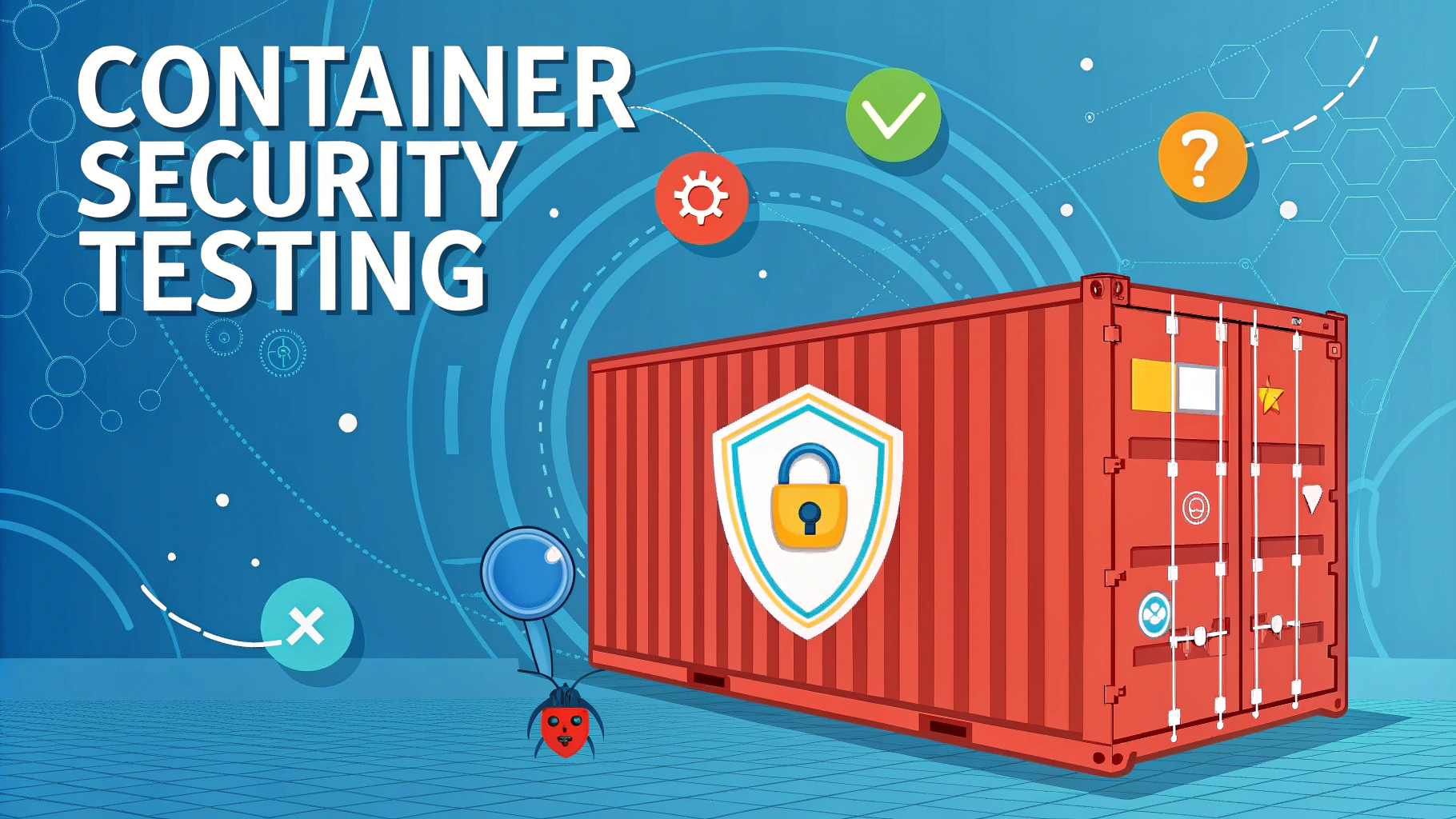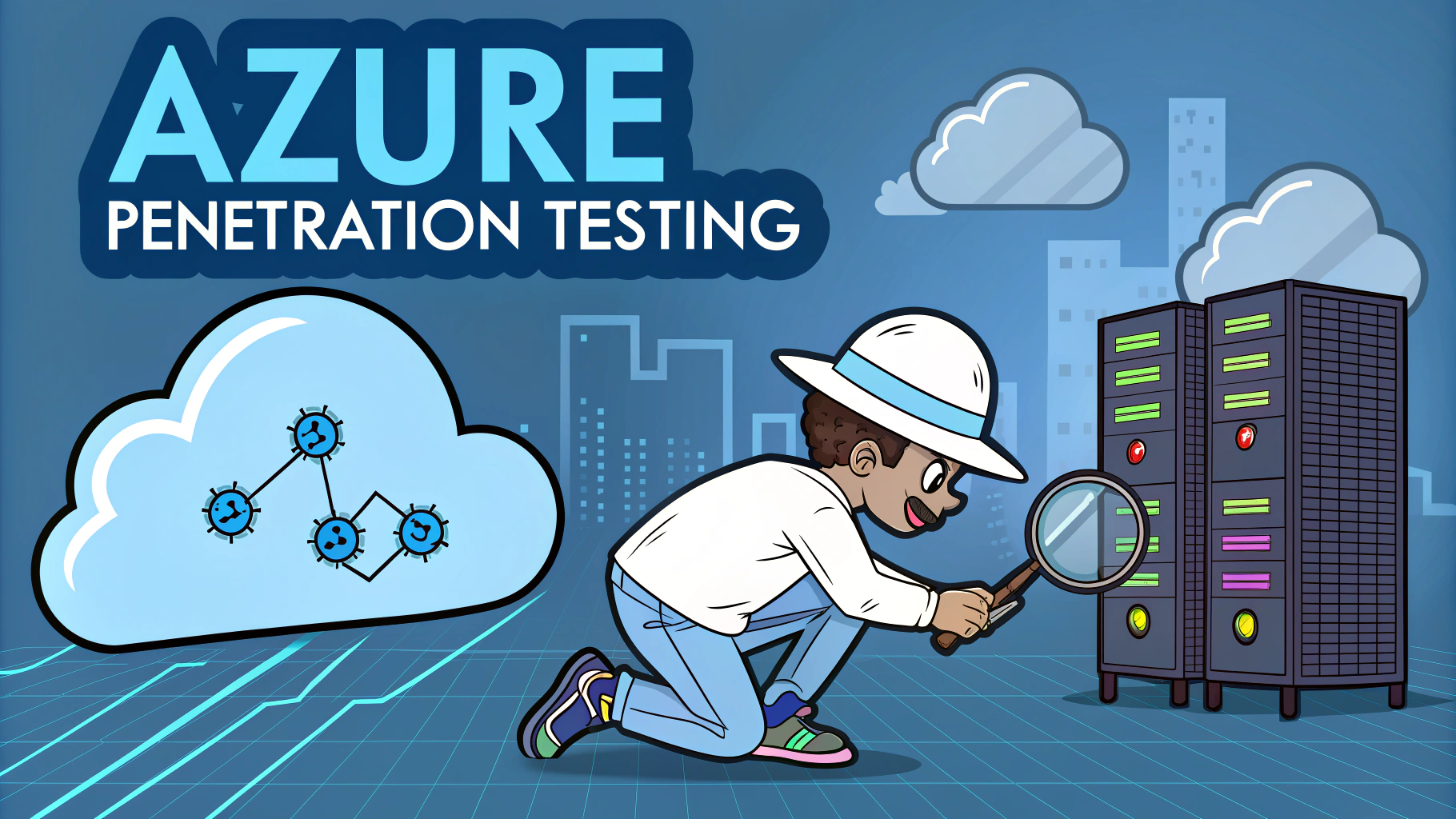Container security testing checks for vulnerabilities in containerized applications and infrastructure through systematic penetration testing approaches.
Security teams use specialized tools and techniques to identify weaknesses in container configurations, images, and runtime environments that could be exploited by attackers.
This guide covers key container penetration testing methods, tools, and best practices to help secure containerized environments effectively.
Key Areas of Container Security Testing
- Container image scanning
- Runtime security analysis
- Container escape testing
- Network security assessment
- Access control validation
- Secrets management review
Essential Container Security Testing Tools
- Trivy – Open source vulnerability scanner for containers
- Clair – Static analysis of container vulnerabilities
- Docker Bench Security – Tests Docker containers against security best practices
- Anchore Engine – Deep container image analysis
- Falco – Runtime security monitoring
Container Image Testing Steps
- Scan base images for known vulnerabilities
- Check for misconfigurations in Dockerfiles
- Review image layers for sensitive data exposure
- Validate image signing and trust settings
- Test image access controls and permissions
Runtime Security Testing
Monitor container behavior patterns and system calls to detect anomalies and potential security breaches.
Test container isolation mechanisms to prevent escape attempts and unauthorized access between containers.
Validate resource limits and constraints to prevent denial-of-service attacks.
Network Security Assessment
- Test network segmentation between containers
- Validate firewall rules and network policies
- Check for exposed ports and services
- Review container-to-container communication
- Test external network access controls
Security Testing Best Practices
- Integrate security testing into CI/CD pipelines
- Use minimal base images to reduce attack surface
- Implement least privilege access controls
- Regular updates and patch management
- Document and track security findings
Automated Testing Implementation
# Example Jenkins Pipeline Stage
stage('Container Security Scan') {
steps {
sh 'trivy image ${IMAGE_NAME}'
sh 'docker-bench-security'
}
}
Next Steps for Container Security
Implement continuous security monitoring and regular penetration testing schedules.
Maintain updated security policies and incident response procedures for container environments.
Stay informed about new container security threats and mitigation techniques through resources like the Cloud Native Computing Foundation.
Vulnerability Management and Reporting
Establish clear processes for tracking, prioritizing, and remediating container security vulnerabilities discovered during testing.
- Create severity-based classification system
- Define remediation timelines
- Track vulnerability metrics
- Generate detailed security reports
- Maintain vulnerability database
Container Orchestration Security
Kubernetes-Specific Testing
- Cluster configuration assessment
- Pod security policy validation
- Service account permissions review
- Control plane security testing
Compliance and Audit Requirements
Align container security testing with relevant compliance standards and regulatory requirements.
- Map testing procedures to compliance controls
- Document evidence of security testing
- Maintain audit trails for security checks
- Regular compliance reporting
Advanced Testing Scenarios
- Multi-container application testing
- Serverless container security
- Container registry security
- Supply chain security validation
Strengthening Container Security Posture
Build a robust container security program through systematic testing, continuous monitoring, and proactive vulnerability management.
- Implement defense-in-depth strategies
- Maintain security baselines
- Foster security-aware development practices
- Regular security training and updates
- Evolve testing approaches with emerging threats
FAQs
- What is container security penetration testing?
Container security penetration testing is a systematic process of identifying and exploiting vulnerabilities in containerized environments, including Docker containers, Kubernetes clusters, and related infrastructure to assess their security posture. - What are the key areas covered in container penetration testing?
Container penetration testing covers container runtime security, image security, orchestration platform security, network segmentation, access controls, secrets management, and host system security. - Which tools are commonly used for container security testing?
Popular tools include Docker Bench for Security, Clair, Trivy, Anchore Engine, Aqua Security Scanner, Snyk Container, and kube-hunter for Kubernetes-specific testing. - How often should container security testing be performed?
Container security testing should be performed during initial deployment, after significant changes to container infrastructure, when new vulnerabilities are discovered, and as part of regular security assessments, typically quarterly. - What are common container security vulnerabilities discovered during penetration testing?
Common vulnerabilities include misconfigured container settings, outdated base images, exposed sensitive data, excessive container privileges, insecure APIs, weak access controls, and unsafe mount points. - How is container escape testing performed?
Container escape testing involves attempting to break out of container isolation by exploiting kernel vulnerabilities, misconfigured capabilities, privileged containers, or unsafe volume mounts to access the host system. - What should be included in a container security testing report?
Reports should include identified vulnerabilities, their severity levels, potential impact, proof of concept, technical details, and recommended remediation steps for each finding. - How does container security testing differ from traditional application penetration testing?
Container security testing focuses on container-specific attack surfaces, orchestration platforms, image security, and isolation mechanisms, while traditional testing primarily focuses on application-level vulnerabilities. - What compliance standards require container security testing?
Standards requiring container security testing include PCI DSS, HIPAA, SOC 2, ISO 27001, and CIS benchmarks for containers and Kubernetes. - How can organizations prepare for container security testing?
Organizations should maintain updated container inventories, documentation of configurations, access to image repositories, and ensure testing environments mirror production configurations.








